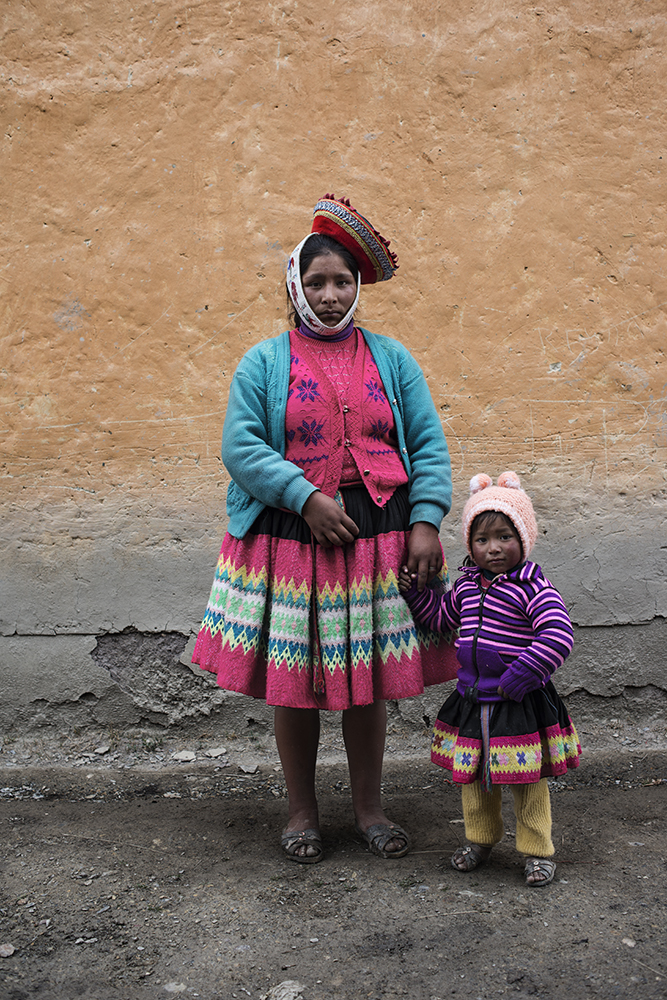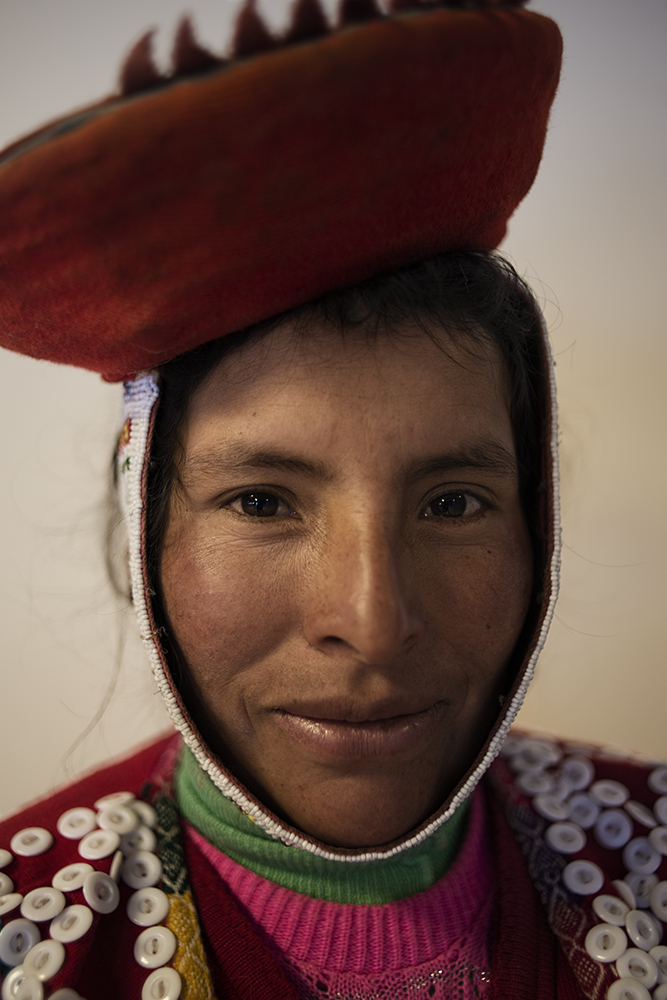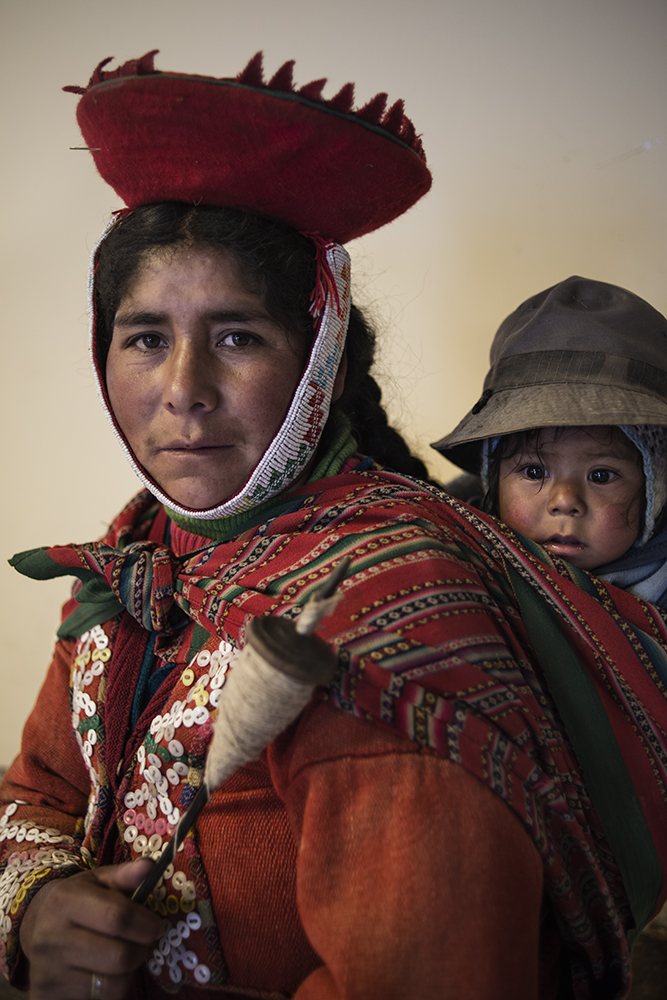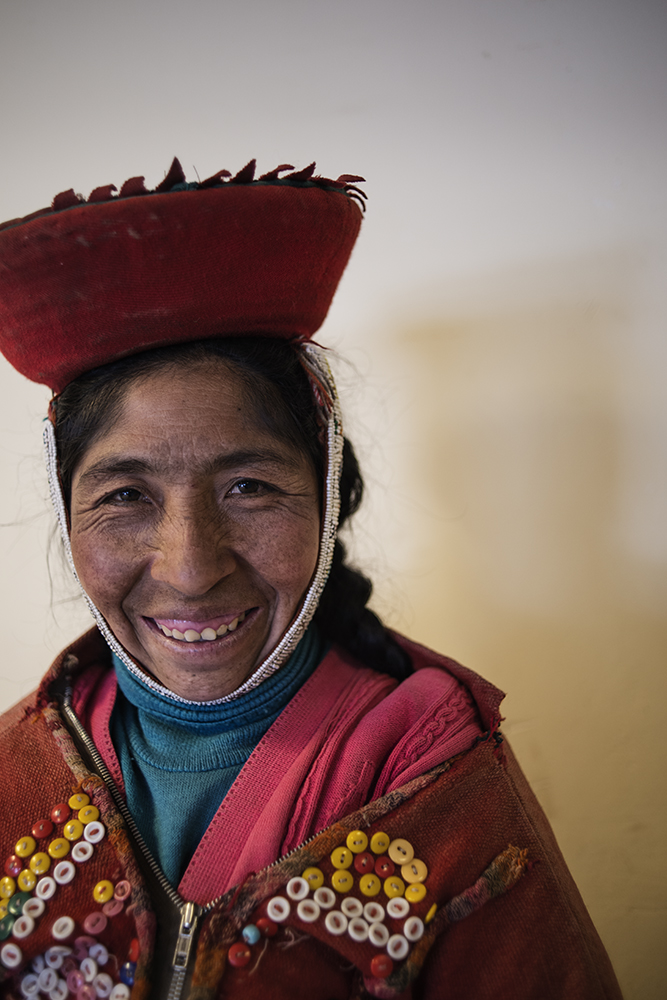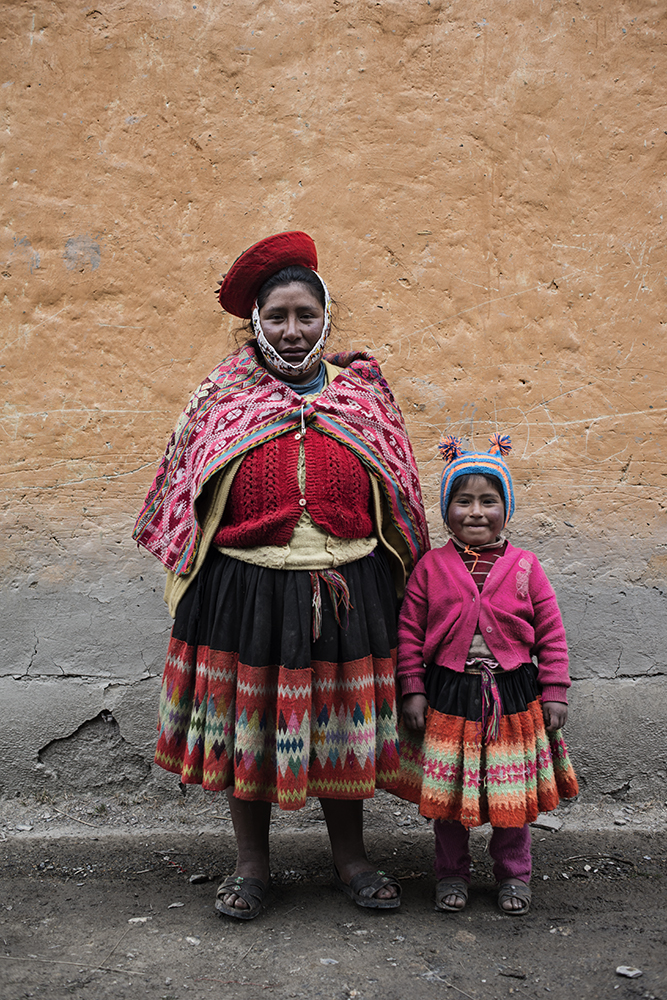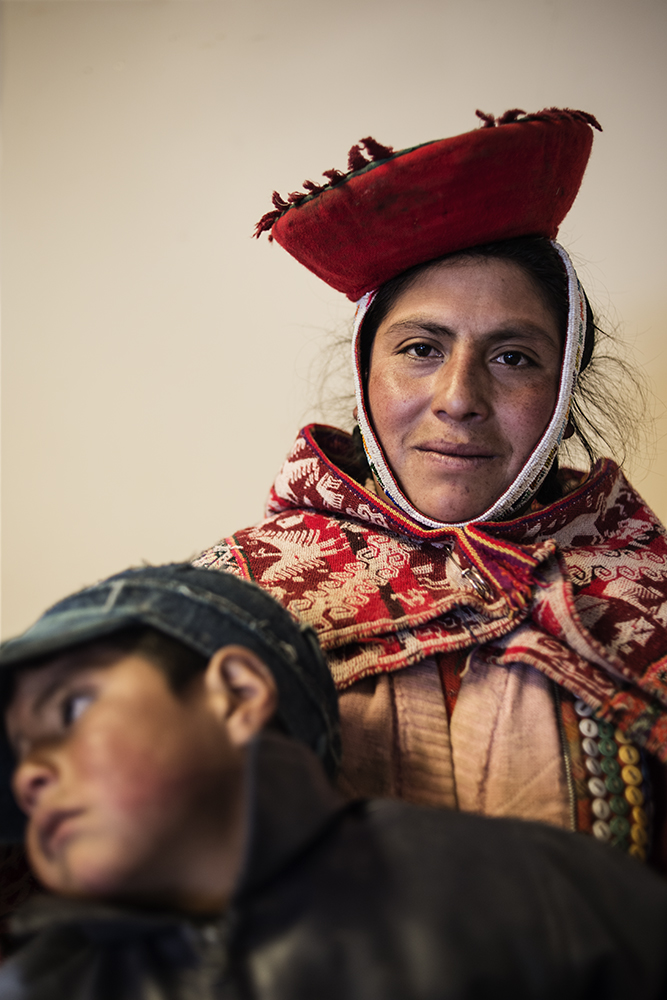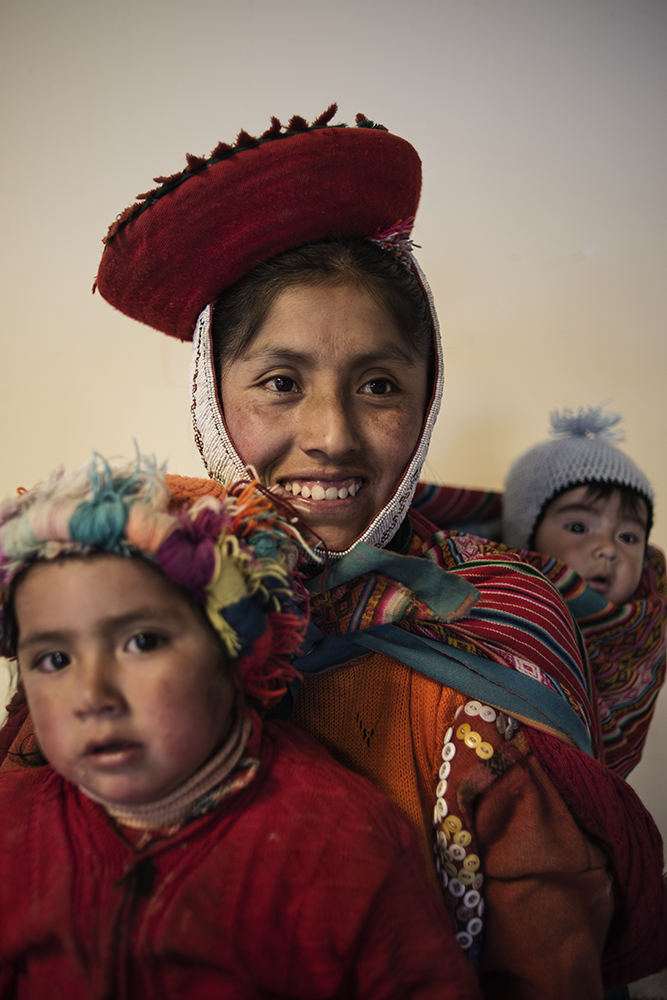Huachachas
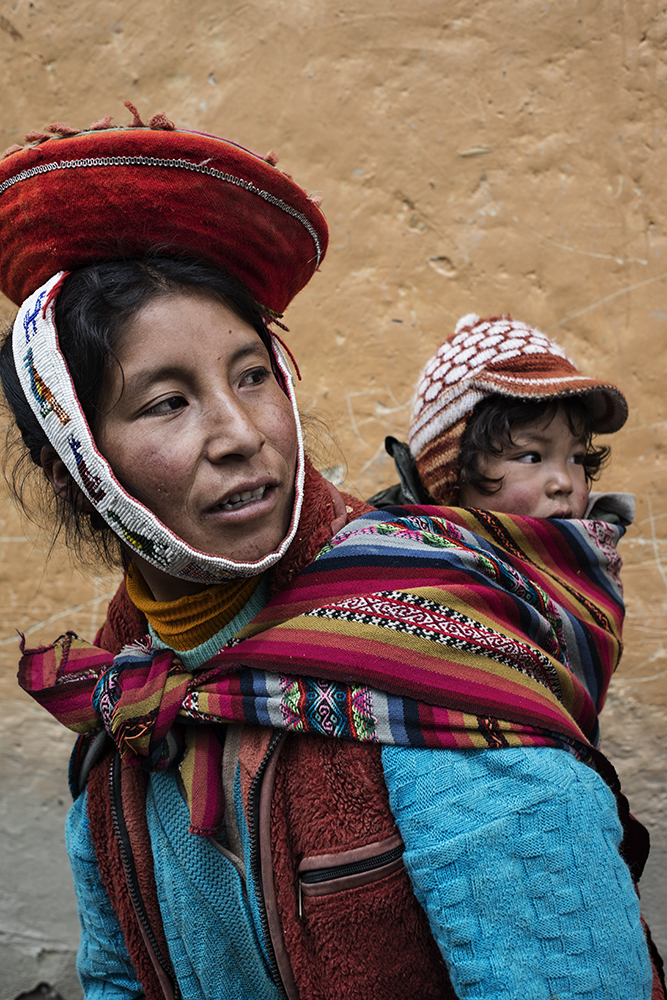
-
Photographerabel Ruiz de Leon
To breathe normally is a much-appreciated benefit at 4,000 metres above sea level. The environment is hostile and unwelcoming. The few outsiders who approach the hidden Andean villages beyond Ollantaytambo soon start to miss life at sea level, temperate climates and the presence of vegetation. The Huachachas (Andean women) have spent centuries acclimatising their organisms to the demands of altitude, to extreme heat and cold, and also to the lack of communication between their community and the rest of the world. They survive the male chauvinism that has been embedded during years of tradition. The black and red colours of their clothes, intense, almost electric, demands attention. Every day, these women comb the nearby mountains looking for Huayruru, an ancestral seed which allows them to die their clothes such rich and striking colours. The communities in which they live and never leave apply their own laws. Sometimes they are whipped as a punishment, after breaking some of the more traditional and conservative rules. The punishments generally coincide with the celebration of the assemblies of the Rondas Campesinas (grassroots civil defence groups), which are held every two or three months. Some communal sanctions can mean the death of the accused. The state can do little against the law of silence which grips the inhabitants of the small villages. Infidelity and abigeato (the stealing of animals) are the most common offences. Relationships with individuals from outside the Valle Sagrado are not accepted. On exceptional occasions, a woman has managed to abandon the limits of the Willca Mayu (the sacred river) to start a new life at a lower altitude. The laws which govern Peru have scarcely any validity in these mountains. Differences are resolved in a local way, in the shadow of the nearby peaks and on the banks of the cold water that flows through their streams. Weaving wool and sowing potatoes and corn for subsistence occupy the bulk of the time for all these women. Their husbands work the land and act as porters for tourists on the Camino Inca (Inca Road). The Lima government regularly finances the community, but the state subsidies have succeeded only in entrenching the group’s sense of victimhood and complacency.
